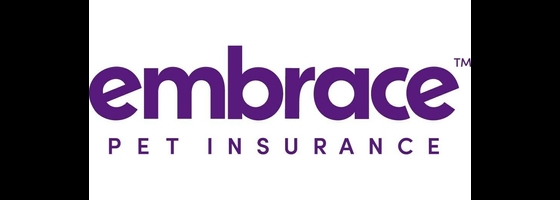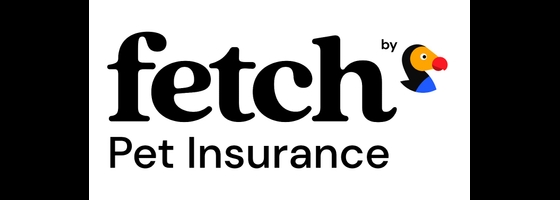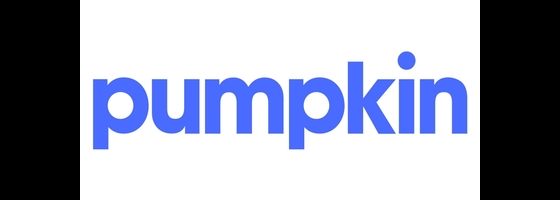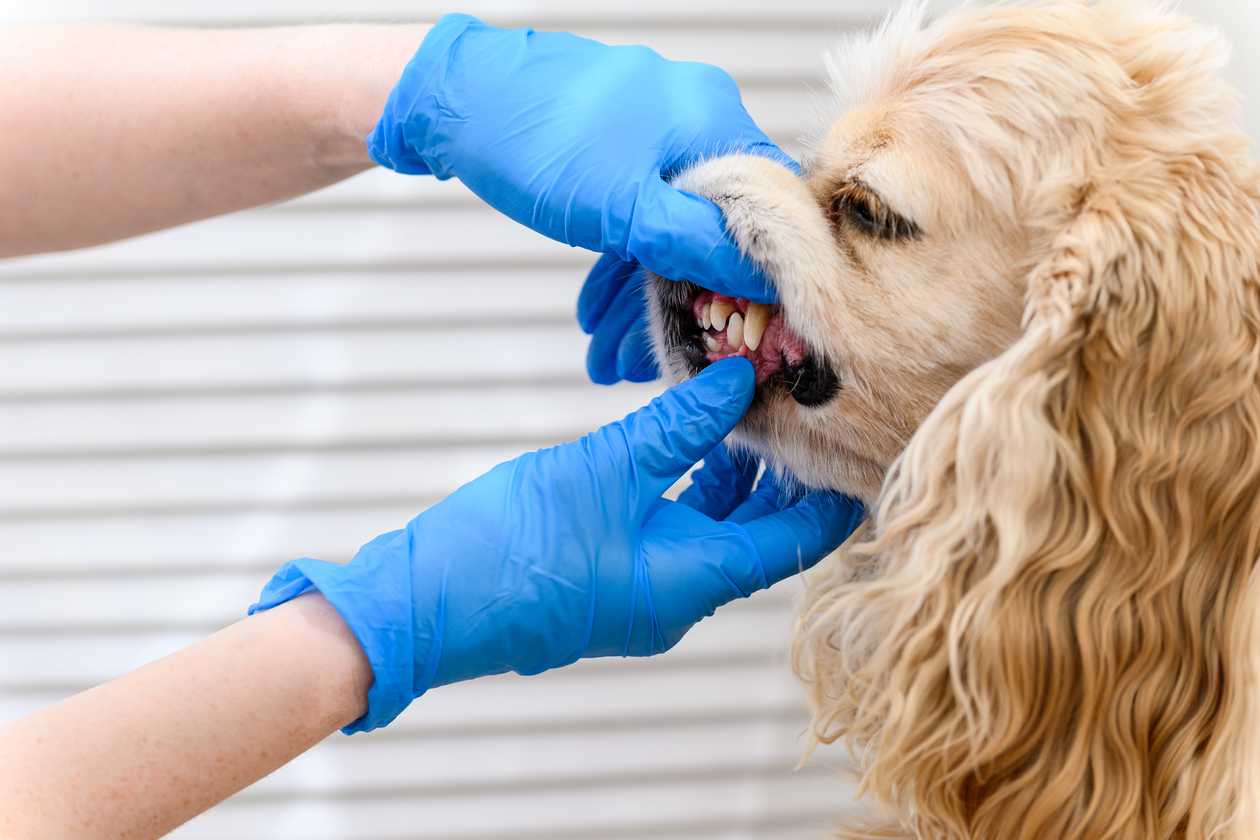- Plans include coverage for routine dental cleaning, including dental X-rays, anesthesia, polishing, and more.
- The online claims process is fast and easy to use.
- There is a relatively short waiting period of two days for accident coverage.
- Lemonade offers relatively low prices for young animals.
- Any leftover premium money is donated to nonprofits.
Our evaluations and opinions are not influenced by our advertising relationships, but we may earn a commission from our partners’ links. This content is created independently from TIME’s editorial staff. Learn more about it.
Pet ownership is incredibly rewarding, but it can also be extremely expensive. Whether you’re a dog or a cat person, you could find your savings dwindling quickly if your four-legged friend becomes ill or is involved in an accident. And dental issues can be among the most expensive when it comes to veterinary care.
That’s why taking out a pet insurance policy that includes dental coverage is smart. The best pet dental insurance companies will cover the cost of treatment for dental injuries and illness, and many even offer add-ons for preventive dental care, such as teeth cleaning. This guide will cover the top pet insurance policies that include dental care to help you choose the right policy for your pet.

Embrace Pet Insurance
Embrace Pet Insurance
Pet dental insurance compared
| Pet Insurance Company | Best for | Dental Coverage | Max Annual Coverage | Reimbursement rates | Deductible choices | Max Enroll Age |
|---|---|---|---|---|---|---|
Routine dental coverage | Routine dental cleaning, including dental X-rays, anesthesia, polishing, and more | $1,000 | 70%, 80%, or 90% | $100, $250, $500, or $750 | Not specified | |
Comprehensive dental coverage | Broken, chipped, and fractured teeth; extractions; gingivitis; root canals and crowns; stomatitis; and periodontal disease | $1,000 | 70%, 80%, or 90% | $100, $250, $500, $750, or $1,000 | Up to 15th birthday | |
Direct vet payment | Endodontic treatment and extractions to treat traumatic dental fractures or other oral traumas | $5,000 or unlimited | 70%, 80%, or 90% | $50, $100, $200, $250, $500, or $1,000 | No upper age limit | |
100% reimbursement option | Dental illness and injury | $5,000, $10,000, or unlimited | 70%, 80%, 90%, or 100% | $100, $250, $500, or $750 | No upper age limit | |
Additional perks | Emergency dental care and gum disease | $5,000, $10,000, or unlimited | 70%, 80%, or 90% | $300, $500, or $700 | No upper age limit | |
Annual coverage options | Dental illnesses and tooth extractions for dental accidents | $2,500, $3,000, $4,000, $5,000, $7,000, $10,000, $15,000, $20,000, or unlimited | 70%, 80%, or 90% | $100, $250, $500, $750, or $1,000 | No upper age limit | |
Standard 90% reimbursement | Dental illnesses and tooth extractions for dental injuries | $10,000, $20,000, or unlimited | 90% | $100, $250, $500, or $1,000 | No upper age limit |
Our recommendations for the best pet dental insurance
Best for routine dental coverage: Lemonade Pet Insurance

Lemonade Pet Insurance Money
Lemonade Pet Insurance Money
Lemonade Pet Insurance offers coverage for dental cleanings, which includes X-rays, anesthesia, and polishing, among other things. Preventive dental care can help you prevent dental illness in your pet, which can be expensive to treat if not caught early.
Lemonade Pet Insurance’s fast online claims process makes it easy to submit a claim for reimbursement following veterinary treatment. Lemonade uses AI to approve a large chunk of its claims instantly, which means you’ll get paid almost instantly. The company also has a short waiting period of just two days for accident coverage, while other providers may have waiting periods of two weeks.
Although Lemonade Pet Insurance doesn’t offer coverage for recurring or preventable conditions, it does have relatively low rates for kittens and puppies, making it a good fit for those with younger pets. Lemonade Pet Insurance donates any money from premiums that aren’t paid out in claims to various nonprofits.
Pros:
Cons:
- There is no coverage available for recurring or preventable conditions.
Best for comprehensive dental coverage: Embrace Pet Insurance

Embrace Pet Insurance
Embrace Pet Insurance
Embrace Pet Insurance covers several dental conditions, including broken, chipped, and fractured teeth, extractions, gingivitis, root canals and crowns, stomatitis, and periodontal disease. This comprehensive coverage means you can be sure that your plan will cover most dental issues. Embrace Pet Insurance also offers a diminishing deductible—every year you remain claim-free, your deductible will decrease by $50 until it reaches $0.
There’s a $650 annual limit for Embrace Pet Insurance’s wellness plan add-on, which could be limiting for some, but this limit should cover dental cleaning if that’s something your pet needs. Embrace Pet Insurance also offers additional office visit coverage for senior pets; this is beneficial because older animals will likely need more frequent vet visits, and exam costs can add up quickly if they’re not covered by insurance.
Pros:
- Plans include coverage for broken, chipped, and fractured teeth; extractions; gingivitis; root canals and crowns; stomatitis; and periodontal disease.
- Plans include a diminishing deductible.
- There is additional office visit coverage for senior pets.
Cons:
- There is a $650 annual limit for wellness plan add-on.
Best for direct vet payment: Pets Best Insurance

Pets Best Insurance
Pets Best Insurance
While most pet insurance companies reimburse the pet owner for vet bills, Pets Best Insurance has the option of direct vet payment, which can be more convenient for the policyholder. To get direct vet payments, you must have your vet sign a veterinary reimbursement release form and submit it to the insurance company. Then, Pets Best Insurance will pay your vet directly without needing you to submit a claim.
Pets Best Insurance provides dental coverage for endodontic treatment and treats dental fractures or other issues caused by accidents. For an additional charge, you can add a routine dental care package that includes cleanings, which are important in preventing future dental issues. Pets Best Insurance has several deductible options, so you can tailor your coverage to fit your budget.
It’s important to note that some dental issues may not be covered if you first insure your pet after it turns six months old. This applies to deciduous teeth, dentigerous cysts, enamel hypoplasia, or unerupted/impacted teeth.
Pros:
- Plans include coverage for endodontic treatment and extractions to treat traumatic dental fractures or other oral traumas.
- There are routine dental care packages available.
- Direct vet pay is available.
- There are numerous deductible options to choose from.
Cons:
- Some dental coverage may not be available for pets insured after six months of age.
Best for 100% reimbursement: Figo Pet Insurance

Figo Pet Insurance
Figo Pet Insurance
Figo Pet Insurance offers the option of 100% reimbursement for vet bills, including dental work. Choosing this option means your claim will be paid 100%, less any deductible, so you’ll pay less for your pet’s covered dental expenses. Figo’s policies cover dental illness and injury through the accident and injury plan; there’s no option for accident-only coverage, though, which could be a downside for some.
Figo Pet Insurance also offers “powerups,” which you can use to add specific coverage to your policy. One such powerup covers dental cleanings, which are important in preventing more serious dental illnesses.
Pros:
- There is a 100% reimbursement rate option.
- Plans include coverage for dental illness and injury.
- There is a dental cleaning powerup available.
Cons:
- No option for accident-only coverage.
Best for additional perks: Fetch Pet Insurance

Fetch Pet Insurance
Fetch Pet Insurance
Fetch ’s pet insurance plans cover emergency dental care, gum disease, oral tumors, trauma, and more. Fetch claims to have the most comprehensive dental coverage in the industry because it covers every adult tooth, while other providers may only cover the canine teeth. You can also opt for dental cleaning coverage by adding the Fetch Wellness plan .
Although there’s no option for accident-only coverage, Figo has several perks that can more than make up for this potential con. These perks include coverage for pet boarding costs if you’re hospitalized and don’t have anyone to care for your pet, and coverage for advertising and rewards if your pet escapes or is lost. These benefits can provide great peace of mind to pet parents who want to ensure their four-legged friends are well taken care of, no matter what.
Pros:
- Plans include coverage for emergency dental care, gum disease, oral tumors, trauma, and more.
- The Fetch Wellness plan covers dental cleanings.
- Plans will pay for pet boarding if you are hospitalized.
- Plans will pay for advertising and a reward if your pet is lost.
Cons:
- There is no option for accident-only coverage.
Best for annual coverage options: Spot Pet Insurance

Spot Pet Insurance
Spot Pet Insurance
Spot Pet Insurance covers dental illnesses and tooth extractions for dental accidents. There’s also the option to add on preventive dental care, which covers teeth cleanings and exams to try to catch potential issues before they become too bad (and therefore more expensive to treat).
Although Spot has a relatively long two-week waiting period for accident coverage, there are several options for annual coverage maximums, which allows you to tailor your plan to your budget. Opting for a higher maximum annual coverage amount will mean a higher monthly premium, but you can also choose a lower coverage amount in exchange for a lower premium.
Pros:
- Plans include coverage for dental illnesses and tooth extractions for dental accidents.
- Preventive dental care is available.
- There are numerous options for annual coverage maximum.
Cons:
- There is a relatively long 14-day waiting period for accidents.
Best for standard 90% reimbursement: Pumpkin Pet Insurance

Pumpkin Pet Insurance
Pumpkin Pet Insurance
A pet insurance policy from Pumpkin Pet Insurance comes with a standard reimbursement percentage of 90%. That means any claims, dental or otherwise, are almost completely covered, so you’ll pay less out of pocket. When it comes to dental issues, Pumpkin Pet Insurance’s plans cover dental illnesses, as well as tooth extractions required after dental injuries. However, Pumpkin doesn’t offer any coverage options for preventive dental care, which may rule it out for some insurance purchasers.
Pumpkin may also have higher premiums than some competitors for certain breeds, although you’ll need to request a free quote to confirm whether that’s the case for your pet.
Pros:
- Plans include coverage for dental illnesses and tooth extractions for dental injuries.
- There is a standard 90% reimbursement rate with all policies.
Cons:
- There are no coverage options for preventive dental care.
- Pumpkin’s prices may be higher than competitors’ for some dog breeds.
Methodology
The first step in identifying the best pet dental insurance policies was to compare the top pet insurers to determine which ones offered dental coverage and, if so, to what extent. We checked to see which types of dental coverage were standard and which were optional add-ons. Then, we dug a little deeper to see what else made each pet insurance provider stand out. Once we had our finalists, we chose awards for each one based on their main strengths.
How to determine which pet dental insurance policy is right for you
When considering the best pet dental insurance policies, you must determine which one will provide the most coverage for your pet for the best price. Although it may be tempting to go for the most comprehensive plan, it could cost more monthly than you can afford.
The easiest way to find the right pet insurance with dental coverage is to get quotes from multiple providers and compare them. In addition to the cost, look at what is covered, the available deductible options, the maximum annual coverage allowance, the available reimbursement amounts, and any rules around pet age (some insurers won’t cover pets over a certain age). You can also see if any of your shortlisted providers have a money-back guarantee, allowing you to try the policy risk-free for a predetermined number of days.
More on pet dental insurance
Does pet insurance cover dental care?
Not all pet insurance policies cover dental care, so if that’s a specific need for your pet, you’ll need to ensure your chosen provider offers this coverage before taking out a policy.
Standard pet insurance plans may cover basic dental treatments, such as oral exams, dental cleanings, and dental-related injuries or illnesses. The amount of coverage will vary among providers and plans, and more complex dental issues may not be covered.
What’s covered under pet dental insurance?
A pet insurance policy that includes dental care may cover the following issues:
- Routine teeth cleanings.
- Treatment for gum disease.
- Tooth extraction.
- Root canals.
- Treatment for stomatitis (a disease that causes inflammation in the mouth and gums).
- Treatment for periodontal disease.
- Dental expenses related to accidents.
Ask your pet insurance provider for a list to determine what's covered. This can help ensure you’re prepared and knowledgeable if your pet has dental issues.
What isn’t covered under pet dental insurance?
Several dental issues are not usually covered by pet insurance. This may include one or all of the following:
- Preexisting conditions related to oral health.
- Some providers may not cover routine dental care.
- Cosmetic dental procedures designed to alter a pet’s appearance rather than treat or prevent a medical issue.
- Orthodontic care.
- Endodontic care.
TIME Stamp: The best pet dental insurance can help cover the cost of dental illness and injury treatment
Vet visits can be expensive, and if your pet develops dental disease or needs a tooth extraction due to an injury, you could pay thousands of dollars out of pocket. But if you have a pet insurance policy covering dental care, the provider will cover most of the cost, and you’ll just need to pay a deductible. This guide provides a good starting point for those considering pet dental insurance, but the best way to find the right coverage is to request and compare quotes from several providers.
Frequently asked questions (FAQs)
How much does pet dental insurance cost?
The exact cost of pet dental insurance will depend on several factors. Your pet’s species, age, and breed can all impact how much you’ll pay for pet insurance. Your premiums will also depend on the type of coverage you choose, the deductible amount on the policy, the reimbursement percentage, and the maximum annual coverage amount.
In general, policies with lower deductibles, higher reimbursement amounts, and higher coverage amounts will cost more than those with a high deductible, low reimbursement amount, and low annual max coverage amount. According to the North American Pet Health Association (NAPHIA), the average monthly amounts for dogs and cats are as follows.
| Animal Type | Accident-Only Coverage | Accident and Injury Coverage |
|---|---|---|
Cat | $10.18 | $32.25 |
Dog | $16.70 | $53.34 |
How much does pet dental treatment cost?
The cost of pet dental treatment depends on the type of treatment, the type of pet, and the type and severity of the condition. The following table shows the average cost range for the most common pet dental treatments.
| Dental Treatment | Average Cost |
|---|---|
Teeth cleaning | $50 to $300 |
Periodontal disease | $519 to $768 |
Tooth extractions | $100 and up |
Root canal | $1,000 to $3,000 per tooth |
How can I save money on pet dental care?
The easiest way to save money on pet dental care is to schedule regular checkups and dental cleanings. Preventive care can help identify dental issues before they become chronic and, therefore, more expensive to treat.
You can also save money on dental care for your pet by treating dental injuries as soon as possible. If your dog chips a tooth while chewing on a bone, taking it to the vet immediately can help identify the severity of the issue and treat it quickly before it gets worse.
Pet insurance that includes dental coverage is one of the best ways to save money on dental care. Although taking out pet insurance means an additional monthly expense, you’ll be glad you have it if your pet becomes ill or is involved in an accident. You can also look into special financing options—some vets allow customers to pay their bills in installments, which can help lessen the initial expense.
The information presented here is created independently from the TIME editorial staff. To learn more, see our About page.

